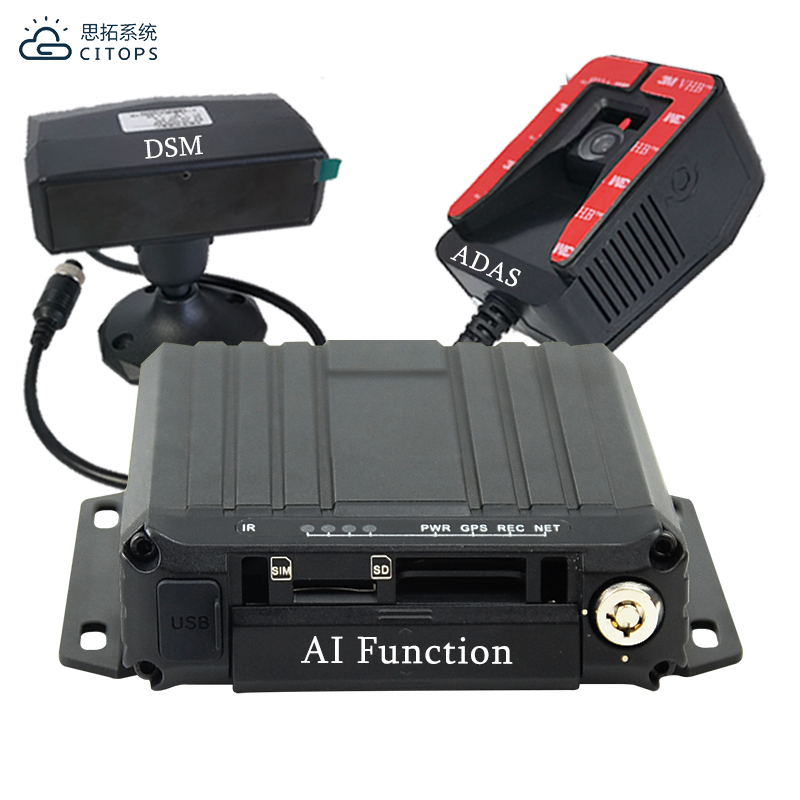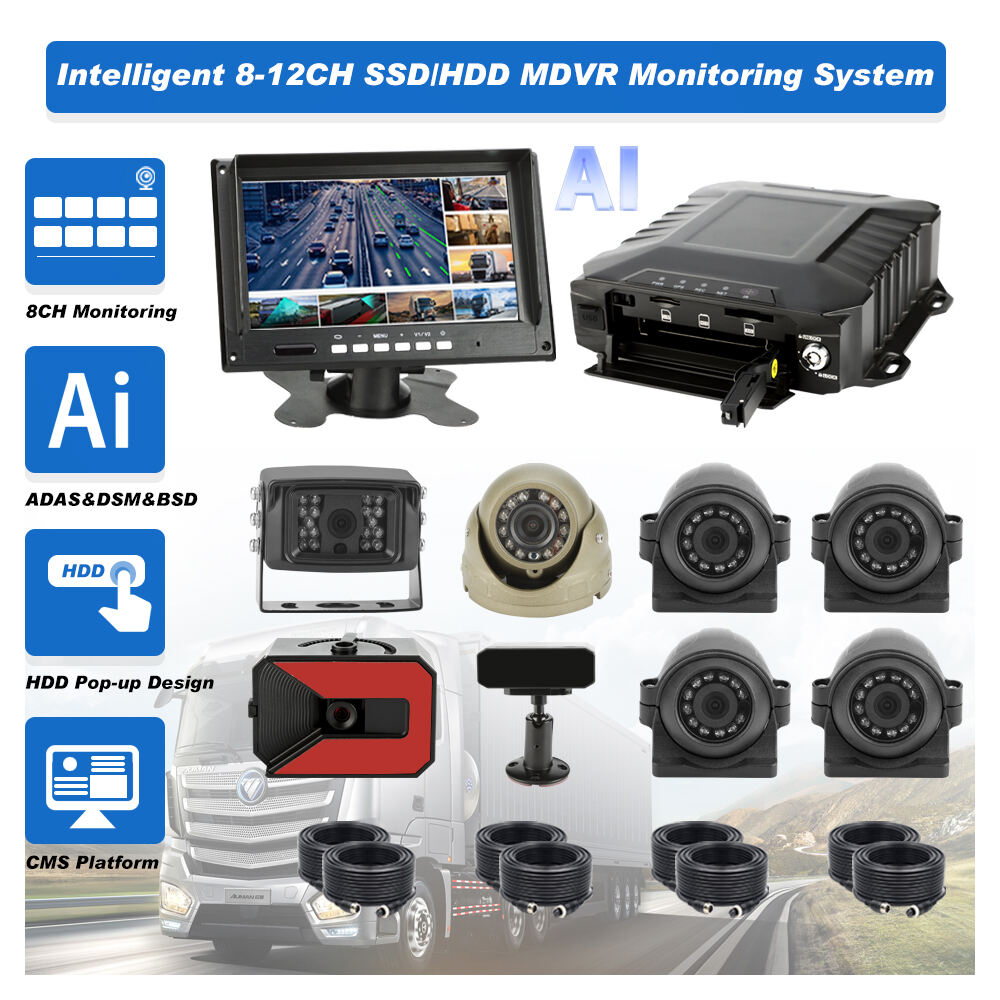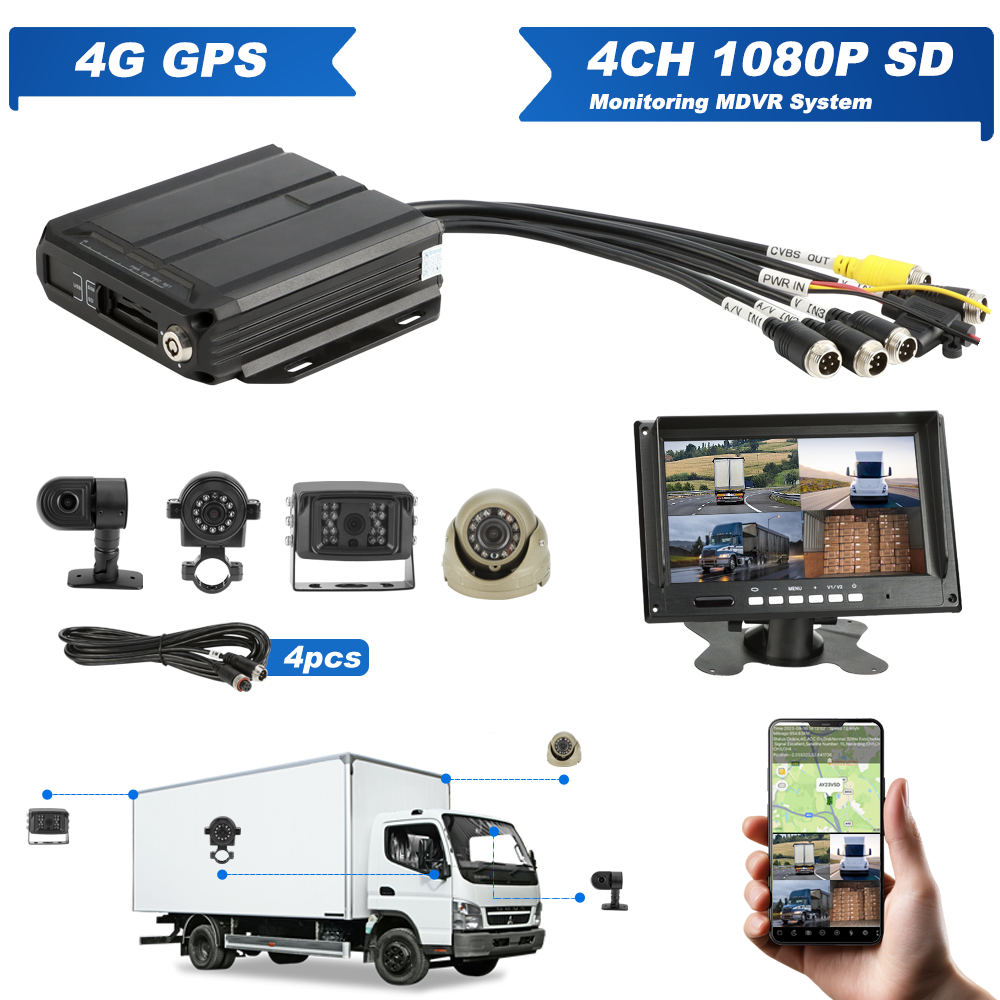lift sensor
A lift sensor is a sophisticated monitoring device designed to enhance elevator safety and efficiency. This advanced technology integrates various sensing mechanisms to track multiple aspects of elevator operation, including position, speed, load, and movement patterns. Operating through a combination of magnetic, optical, and mechanical components, lift sensors provide real-time data about elevator car location, door status, and passenger presence. These sensors employ precision engineering to maintain accurate floor leveling, ensuring smooth starts and stops while preventing misalignment issues. The system continuously monitors acceleration and deceleration rates, contributing to passenger comfort and equipment longevity. Modern lift sensors incorporate advanced features such as predictive maintenance capabilities, allowing building managers to identify potential issues before they become critical. They also include emergency detection systems that can automatically respond to irregular movement patterns or mechanical anomalies. The technology seamlessly integrates with building management systems, providing comprehensive data analytics for optimized performance. In commercial buildings, these sensors play a crucial role in managing traffic flow and reducing wait times during peak hours. Their implementation significantly enhances building safety protocols while meeting strict regulatory requirements for elevator operations.


